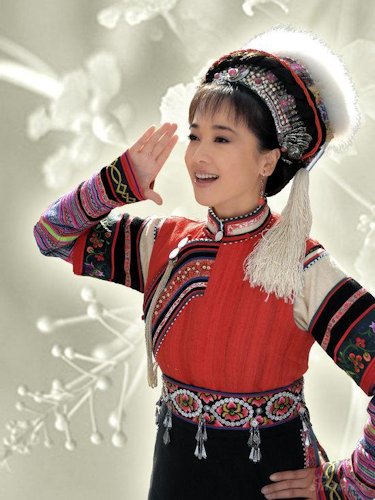
|
Minorities by Descending Populations
Tibetan Nationality With a long history, Tibetans have their own language and letters. The wide use of Tibetan language promotes the economic and cultural exchange between the Tibetan and Han people. Tibetans also have their own calendar. The exact date for the new year changes every year but its mostly around the months of February and March. The Tibetan New Year for 2004 was on February 21st. The period from the 10th century to 16th century was the golden age of Tibetan culture. Tibetan art has a dual character: on the one hand, it seems related to Indian art, with its artistic patterns and stress on deep red, blue and green; on the other, it is distinctively Tibetan, different from both the East and the West. Herders of yaks, sheep, and goats and farmers of barley, peas, and tubers, the Tibetans sparsely inhabit a high, desolate region surrounded by mountains and barricaded on the east by the canyons of the Yangzi, Mekong, and Salween Rivers. The advent of Buddhism in the seventh century led to a theocratic state intermittently controlled from China from the 13th century until 1959, when it took full power. Serfdom was abolished, government secularized, communes established and mechanized agriculture and other modernizations begun. Surface transportation is as yet rudimentary. They are also the only one of China's minority nationalities to have created a tradition of drama independently of the Han people. The Tibetans are found in the Xizang Autonomous Region (Tibet), Qinghai, Sichuan, Gansu, and Yunnan Provinces. They are part of the Sino-Tibetan Tibeto-Burman ethno linguistic group. Return to Tibetan Page 1 |
|||